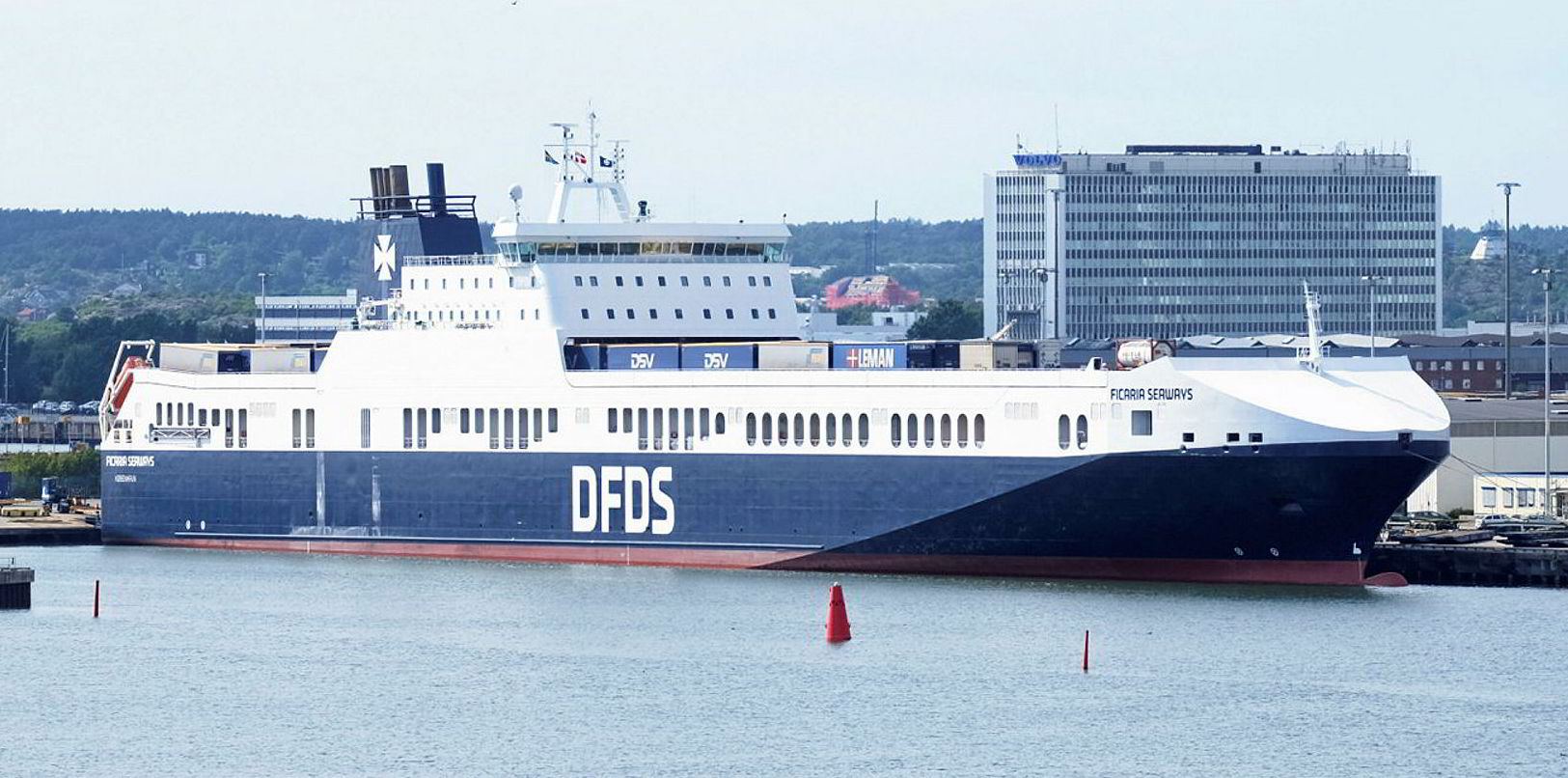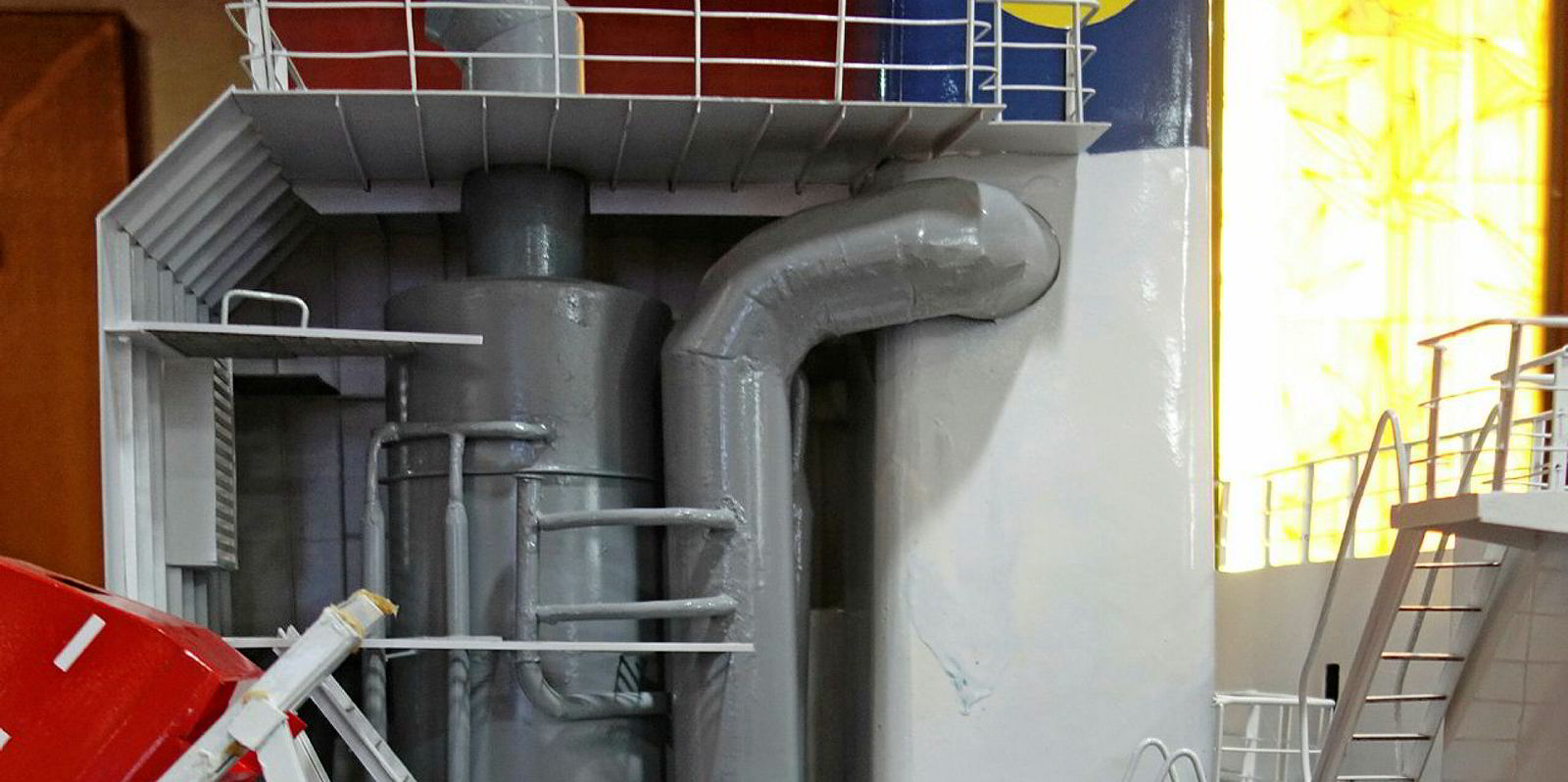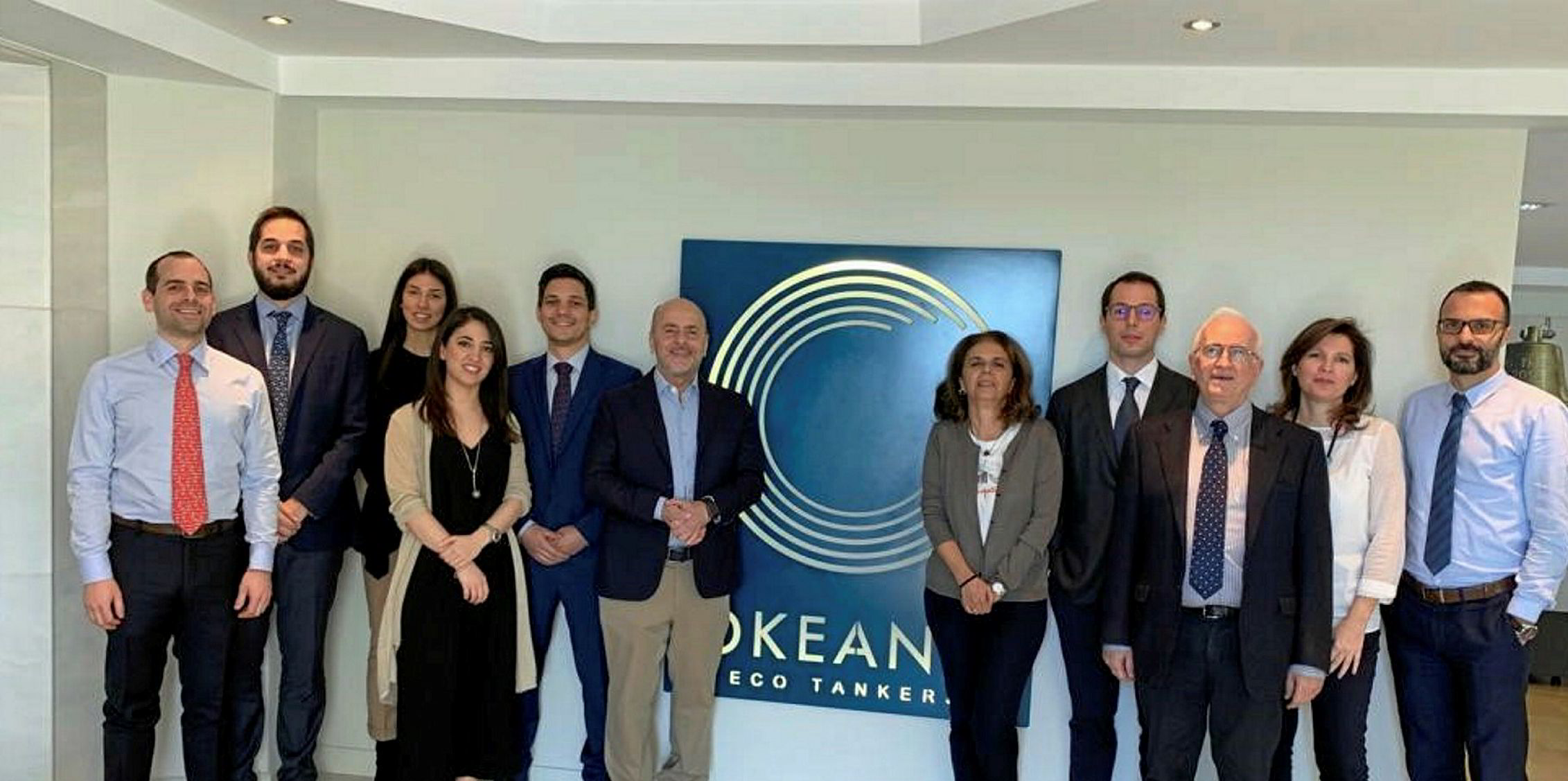Longer-than-expected scrubber installation times have become a headache for shipowners.
The only cure, according to industry experts, is to prepare well in advance and to coordinate with scrubber makers, shipyards, classification societies, and perhaps, even other shipowners.
DNV GL suggests that more than 3,000 vessels have been scheduled to have exhaust gas cleaning technology installed by the end of December, with shipowners seeking to take advantage of cheaper high-sulphur fuel oil (HSFO) as the IMO 2020 rules come into force on 1 January.
Delays in scrubber installation would deal shipowners a double blow: vessels would need to temporarily switch to 0.5% sulphur fuels before resuming consumption of HSFO upon installation, meaning an additional reconfiguration of tanks; and they would also miss employment opportunities when being kept at yards for extended periods.
That is exactly what has happened to many vessels, according to market players.
“What has become clear is that the retrofit process is taking far longer than the three weeks or so that investors expected at the start of the year,” Braemar ACM said.
Finite capacity
“Shipyards are catering to scrubber installations for bulkers, tankers and boxships — and, with a finite number of berths [available], queues are emerging.”
DNV GL said that in some cases, owners have been forced to keep vessels in dock for 80 days, having originally planned for a 40-day stay.
The top reason cited for the delays is that yards lack experience in handling scrubbers, which has led to overly optimistic capacity estimates.
“Some yards seem to have underestimated the time and resources needed to install scrubbers,” Torm senior communications manager Joakim Norholm Vasehus said. “In combination with a general shortage of qualified workers and overbooked yards, delays are noted at some yards.”
“It is also fair to mention scrubber installations are new to both shipowners and yards, which may impact the overall productivity.”
Sharing similar worries, Clean Marine chief executive Nils Hoy-Petersen said: “The installation of scrubbers can be highly complex, and even though personnel are trained, they lack the experience of installing the different types of scrubbers.
“Some yards have too many projects compared to their actual capacity and have to move personnel around between projects, resulting in further congestion.”

There are other causes as well. DNV GL pointed out there are only two manufacturers in China producing the glass-reinforced epoxy pipes required for scrubbers, which is resulting in a supply bottleneck.
And classification societies have a long backlog in terms of certifying installations — DNV GL said it has 125 surveyors to deal with more than 500 installations around the globe.
Shortening installation time
While yards will become more familiar with scrubbers, it is not a given that installation times will decrease.
Clean Shipping Alliance 2020 executive director Ian Adams stressed that the time taken to complete a scrubber retrofit is almost always going to vary between ship types, and even sister vessels.
The experiences of fitting scrubbers to multiple ships may not necessarily help a shipyard that much, according to Adams, because the next vessel coming in for a retrofit could involve very different procedures.
“In the end, it is about capacity,” Vasehus said. “It would make sense for everyone involved to evaluate whether the best way forward would be to postpone some scrubber installations.”
Other players suggested it is still possible to complete installation on time, but everyone involved would need to do some preparatory work.
“Early planning, having a strong logistics department, dedicated project leaders being involved even before the scrubbers arrive at the yards, [and] dedicated follow-up through the entire process to ensure that any mismatch can be picked up in an early stage, are key,” Hoy-Petersen said.
Fayard chief executive Thomas Andersen said that, among other works, the preparation needs to start at least four months before installation “to make [time for] 3D scanning, all drawings, prefabrication, piping, steel”.
The Danish yard has one of the industry’s better track records in keeping to schedule.
Data from the company shows it can complete the installation of a scrubber unit in seven to 26 days, depending on the vessel type and size.
Andersen said this allows Fayard to remain competitive with Chinese yards, which dominate the scrubber installation market and can offer lower rates.
Fayard is able to “use every minute” for installation when ships are at its yards due to thorough planning, Andersen added.
“What we have been doing is learning by doing," he said. "But we know ... we can do it in a very short period compared to our competitors.”







